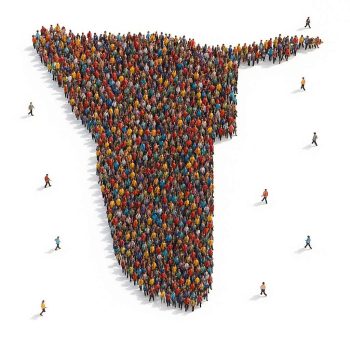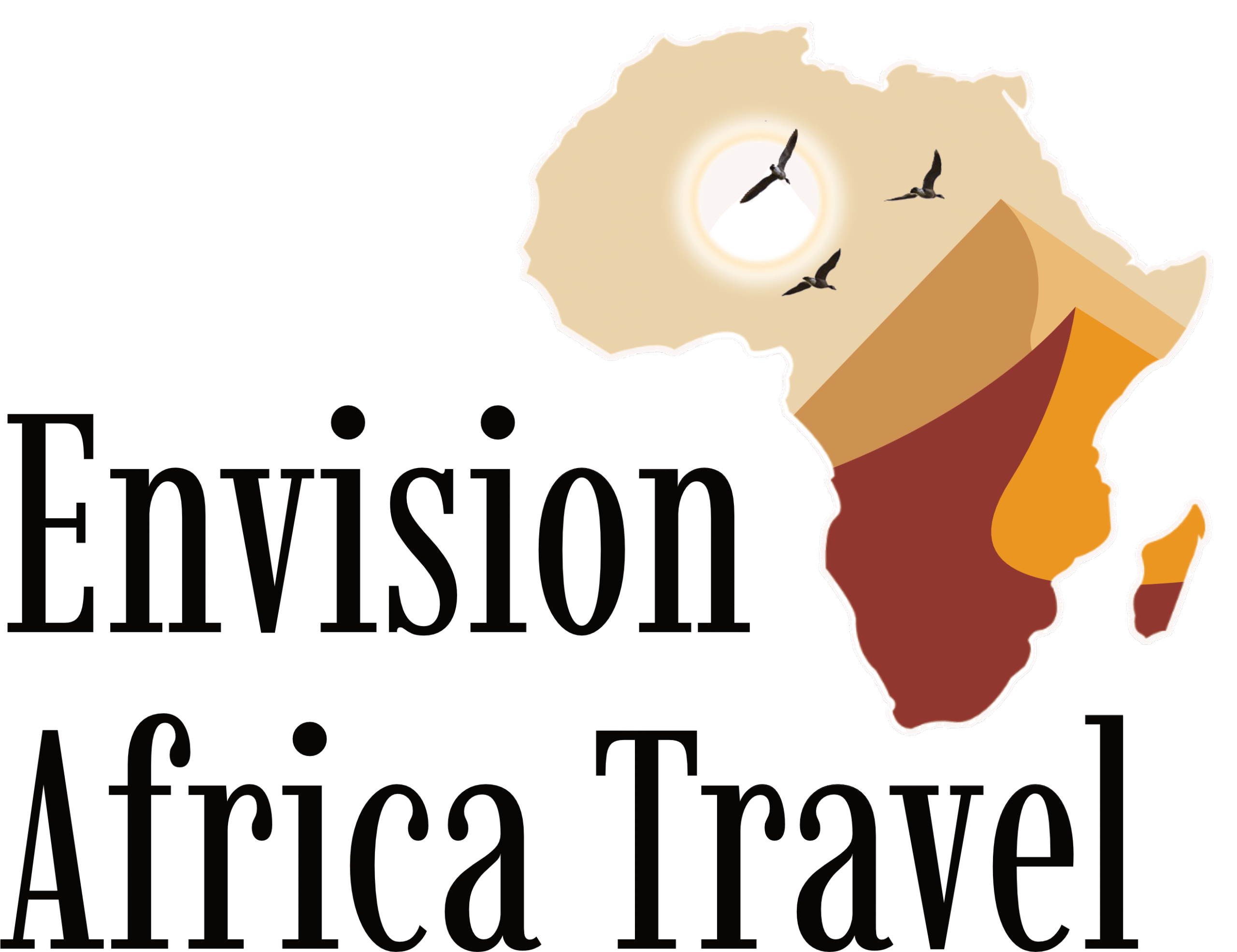About Namibia
Namibia
Namibia, a land of endless horizons, captivates with its dramatic landscapes and rich cultural tapestry. From the towering red dunes of Sossusvlei to the wildlife haven of Etosha National Park, this Southern African gem offers an adventure unlike any other. At Envision Africa Travel , we craft tailor-made experiences that immerse you in Namibia’s raw beauty and vibrant heritage, ensuring an unforgettable journey.
For Your Trip

Geography
Namibia spans 824,000 square kilometers, bordered by Angola, Zambia, Botswana, and South Africa. The Namib Desert, the world’s oldest, stretches 1,500 kilometers along its Atlantic coast, while the Kalahari Desert and Central Highlands shape its interior. The cold Benguela Current creates an arid climate, yet the desert thrives with unique species like the Welwitschia plant and fogstand beetle. Namibia remains a global leader in diamond production, with its desert sands yielding significant mineral wealth.
History
Namibia’s story began with the San people, whose ancient rock art at Twyfelfontein dates back millennia. European contact started with the Portuguese at the Skeleton Coast in the 15th century, followed by German colonization from 1884 to 1915, marked by the tragic Herero genocide during the 1904 Battle of Waterberg. South Africa took control in 1915, imposing apartheid in 1948. After a long struggle, Namibia gained independence in 1990 under SWAPO, with Sam Nujoma as its first president. Today, Namibia is a stable republic focused on reconciliation and conservation.
Population & Culture
Namibia’s 2.7 million people (as of 2023 estimates) make it one of Africa’s least densely populated countries. Its 12+ ethnic groups include the San, Nama, Herero, Himba, and Ovambo, each preserving unique traditions. The Himba maintain a nomadic, cattle-centered lifestyle, while the Herero are known for Victorian-style dress from German missionary influence. English is the official language, but Afrikaans and indigenous languages like Oshiwambo and Khoisan, with their distinctive click sounds, are widely spoken. About 90% of Namibians are Christian, often blending this with traditional beliefs.

Practical Tips
Since 2017, Namibia has eliminated wintertime. From late October to late March (European winter), Namibia is one hour ahead of Central European Time. During European summer, the time aligns with Central European Time. Be mindful of fixed opening and closing times at national parks and borders, so plan to arrive or depart promptly. Distances in Namibia are often greater than expected, and driving in the dark should be avoided.
Cell reception is reliable in cities but spotty in remote areas. A local SIM card is recommended; most lodges offer Wi-Fi.
220/240V with Type D/M sockets. Bring a three-pin adaptor and a flashlight for rural stays.
Malaria risk exists in the north (e.g., Zambezi region); consult a doctor for prophylaxis. Bottled water is advised. Namibia is generally safe, but exercise caution in Windhoek due to petty crime.
